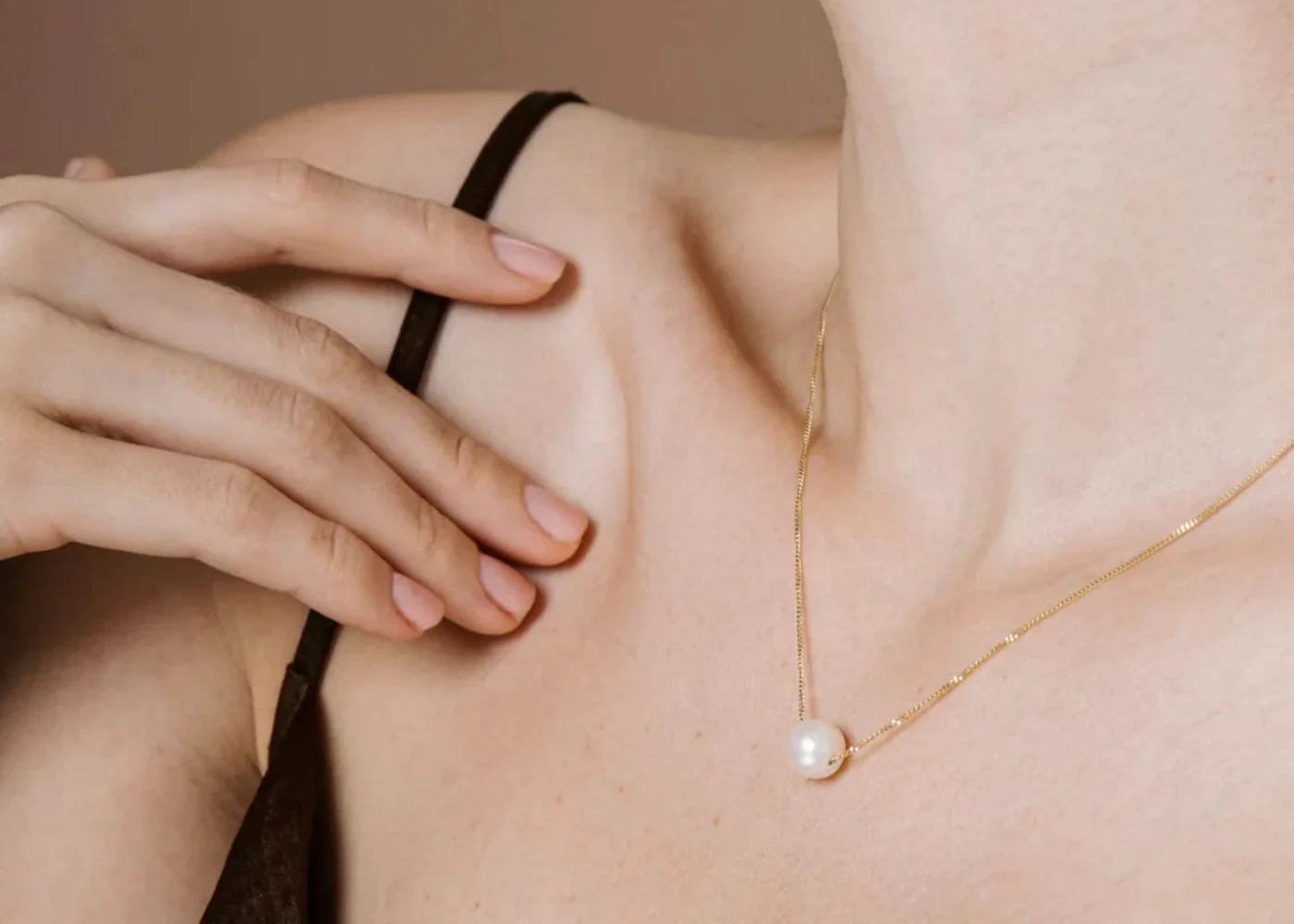Crystallographic defects in diamond
Labeling and Symmetry of Diamond Defects
- Diamond spectroscopy tradition uses numbered acronyms to label defect-induced spectra
- Some acronyms are confusing due to similarities
- Same labels given to different centers detected by EPR and optical techniques
- Lack of clear distinction between the meaning of labels GR, R, and TR
- Logical acronyms include N3 and H3
- Defect symmetry in crystals described by point groups
- Symmetries observed in diamond defects: tetrahedral, tetragonal, trigonal, rhombic, monoclinic, and triclinic
- Defect-induced infrared absorption occurs due to breaking of crystal symmetry
- Predicting optical properties based on defect symmetry is possible
- Alignment of defects with lower symmetry than tetrahedral observed in synthetic diamond growth
Extrinsic Defects in Diamond
- Elemental analyses of diamond reveal a wide range of impurities
- Impurities mostly originate from inclusions of foreign materials in diamond
- Inclusions can be nanometer-small and invisible in an optical microscope
- Virtually any element can be hammered into diamond by ion implantation
- Essential elements can be introduced into diamond through various methods
Detection Methods for Diamond Defects
- Different types of spectroscopy used to detect diamond defects: EPR, photoluminescence (PL), cathodoluminescence (CL), and infrared (IR), visible, and UV absorption
- Absorption spectrum used to identify defects and estimate their concentration
- Spectroscopy can distinguish natural from synthetic or enhanced diamonds
- EPR, PL, and CL are common techniques for defect detection
- Infrared absorption is a common tool to measure defect concentrations in diamond
Effects of Diamond Defects
- Defects in diamond affect material properties and determine diamond type
- Dramatic effects observed in diamond color and electrical conductivity
- Electronic band structure explains the effects of defects on material properties
- Defects can be detrimental or desirable depending on the application
- Understanding the effects of defects is crucial for various industries using diamond
Miscellaneous Points
- Diamond spectroscopy tradition uses numbered acronyms to label defect-induced spectra
- Some acronyms are confusing due to similarities
- Same labels given to different centers detected by EPR and optical techniques
- Lack of clear distinction between the meaning of labels GR, R, and TR
- Logical acronyms include N3 and H3
- Symmetries observed in diamond defects: tetrahedral, tetragonal, trigonal, rhombic, monoclinic, and triclinic
- Alignment of defects with lower symmetry than tetrahedral observed in synthetic diamond growth
- Elemental analyses of diamond reveal a wide range of impurities
- Impurities mostly originate from inclusions of foreign materials in diamond
- Inclusions can be nanometer-small and invisible in an optical microscope
- Virtually any element can be hammered into diamond by ion implantation
- Essential elements can be introduced into diamond through various methods
- Different types of spectroscopy used to detect diamond defects: EPR, photoluminescence (PL), cathodoluminescence (CL), and infrared (IR), visible, and UV absorption
- Absorption spectrum used to identify defects and estimate their concentration
- Spectroscopy can distinguish natural from synthetic or enhanced diamonds
- EPR, PL, and CL are common techniques for defect detection
- Infrared absorption is a common tool to measure defect concentrations in diamond
- Electronic band structure explains the effects of defects on material properties
- Understanding the effects of defects is crucial for various industries using diamond
Crystallographic defects in diamond Data Sources
| Reference | URL |
|---|---|
| Glossary | https://harryandcojewellery.com.au/blogs/glossary/crystallographic-defects-in-diamond |
| Wikipedia | http://en.wikipedia.org/wiki/Crystallographic_defects_in_diamond |
| Wikidata | https://www.wikidata.org/wiki/Q5191439 |
| Knowledge Graph |





